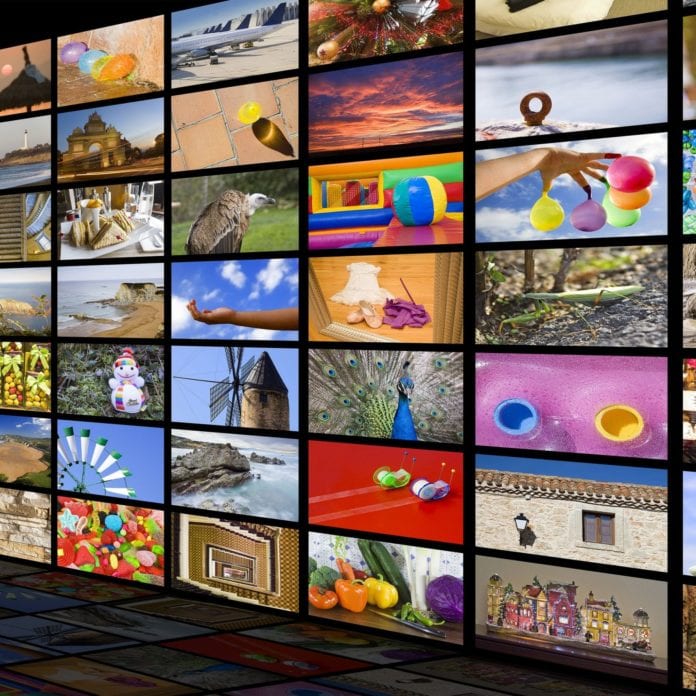Phones can never replace cameras, sat-navs or home Hi-Fi systems – they said. Famous last words. Even everyday devices like the humble flashlight seems to be, going almost extinct! So, how long before the traditional TV set gets overtaken by mobile… or will that also “never happen”?
Content is no longer king
Without question, the market for TV content is brutal. Netflix lost 130,000 US subscribers, its biggest loss of customers since 2011, when it split its streaming and mail delivery businesses. Moreover, the company signed up only 2.8 million subscribers internationally, about half of what Netflix predicted for the year.
Meanwhile, hungry new contenders are flooding the market. Disney announced it is bundling Disney+, ESPN and Hulu for the same monthly subscription that Netflix currently charges. Given that Netflix has lost the rights to offer flagship content, including the full range of Disney and Marvel titles, which one would you go for? Moreover, new entrants like BritBox, a venture from BBC and ITV that features British television shows, are entering the fray looking for their own slice of the pie.
How do so many players ensure success? In the past, traditional streaming services relied upon a single concept to drive users to their service: unmissable content. The thinking was that if you could produce an unmissable show, commercial success would follow. As such, Netflix created House of Cards and Hulu created The Handmaid’s Tale. When premium cable providers began offering TV everywhere – think HBO and Game of Thrones – the goal of creating unmissable content to attract viewers still applied.
But unmissable content is no longer sufficient. In fact, there’s glut of “must see” shows out there, all of them amazing. Consider, for instance, that HBO is producing five new spinoffs from Game of Thrones alone. And there are many more fantasy/science-fiction shows inspired by Game of Thrones in production elsewhere.
Moreover, Marvel Comics is releasing eight new television shows by 2021. It seems many players have now cracked the formula for creating that “must see show” for TV. The result is content exhaustion – too much great content on too many streaming services with too little time to watch. So, bizarre as it seems, creating that unmissable TV show is no longer enough. As the contest ensues, new thinking is needed.
Adapted for mobile
Currently, there are two ways of tailoring streamed video for mobile devices. The first is to take conventional TV content and adapt it to work on smaller screens with dodgy mobile connections.
That’s pretty much the idea from Netflix, as it will launch a mobile-only plan in India later this year, priced lower than existing fixed-line subscriptions. Netflix is developing its mobile-only service to reach a larger audience in India, while also expanding its business to a market in which the average revenue per user (ARPU) for pay TV is less than $5.
While this strategy might work in geographies for which fixed-line subscriptions are naturally limited by infrastructure, it doesn’t translate well to developed markets. As such, a more radical strategy is needed to unlock new revenues: TV shows made specifically for mobile.
This seems to be the strategy for a number of new start-ups including a new billion-dollar entrant called Quibi. Historically, whenever new consumption devices hit the market – e.g. smartphones, tablets, PCs, etc. – the initial impulse from the industry is to shoehorn existing content developed for the old consumption device into the new one. So, for example, the first television shows were really souped-up radio plays. Even when the Internet appeared, newspapers initially just created PDFs of the newspaper and uploaded it to a web site. However, as understanding grew and entrepreneurs willing to take risks emerged, new content ideally suited to this new way of consuming emerged.
Quibi aims to create entirely new content made for low attention spans and small screens, a strategy the company says is to create “quick bites of captivating entertainment, created for mobile by the best talent, designed to fit perfectly into any moment of your day.” By best talent, they refer to Jeffrey Katzenberg, former CEO of DreamWorks Animation, as well as actors like Justin Timberlake, who will star in short-form movie content. The goal is to create movies for mobile: feature length films in seven- or eight-minute chapters, targeted at 25-35 year olds.
Will it work?
Interestingly, the company doesn’t view traditional streaming services like Netflix or Amazon Prime as its competition. Instead, it is focused on attracting Facebook, YouTube and gamers, who tend to be mobile, have shorter attention spans with a few minutes here and there during the day. Netflix can at least breathe a small sigh of relief there.
As 5G ushers in yet another new data tsunami, this will largely be video over mobile. Research indicates that up to 90 percent of 5G traffic will likely be video. Whether that includes epic, short-form, unmissable content directed at the small screen is yet to be proven; but if history has anything to teach us, there is always a new, unexpected inflection point just around the corner. Just don’t underestimate mobile – it has more surprises up its sleeve.

